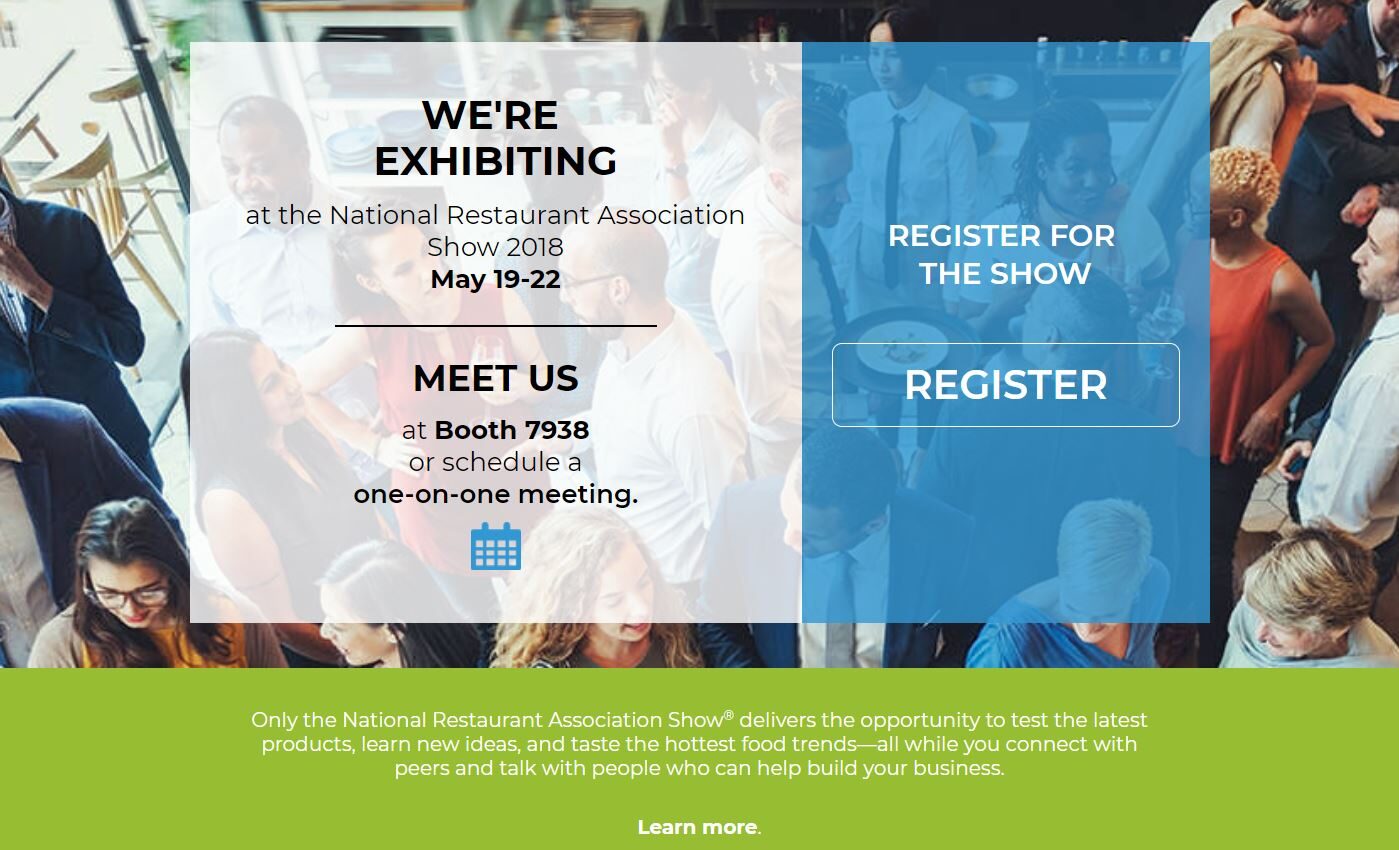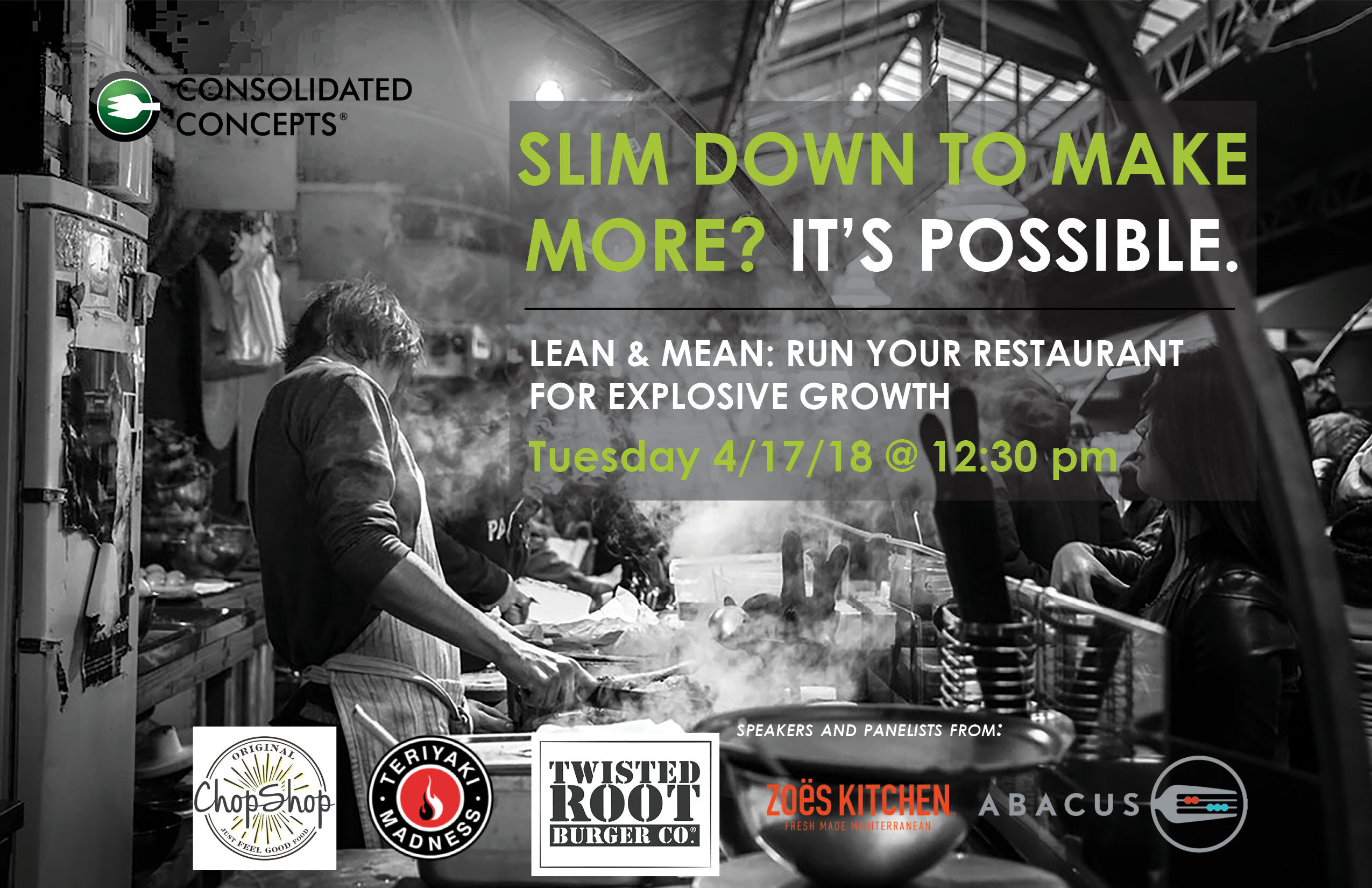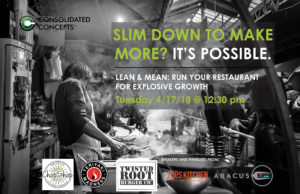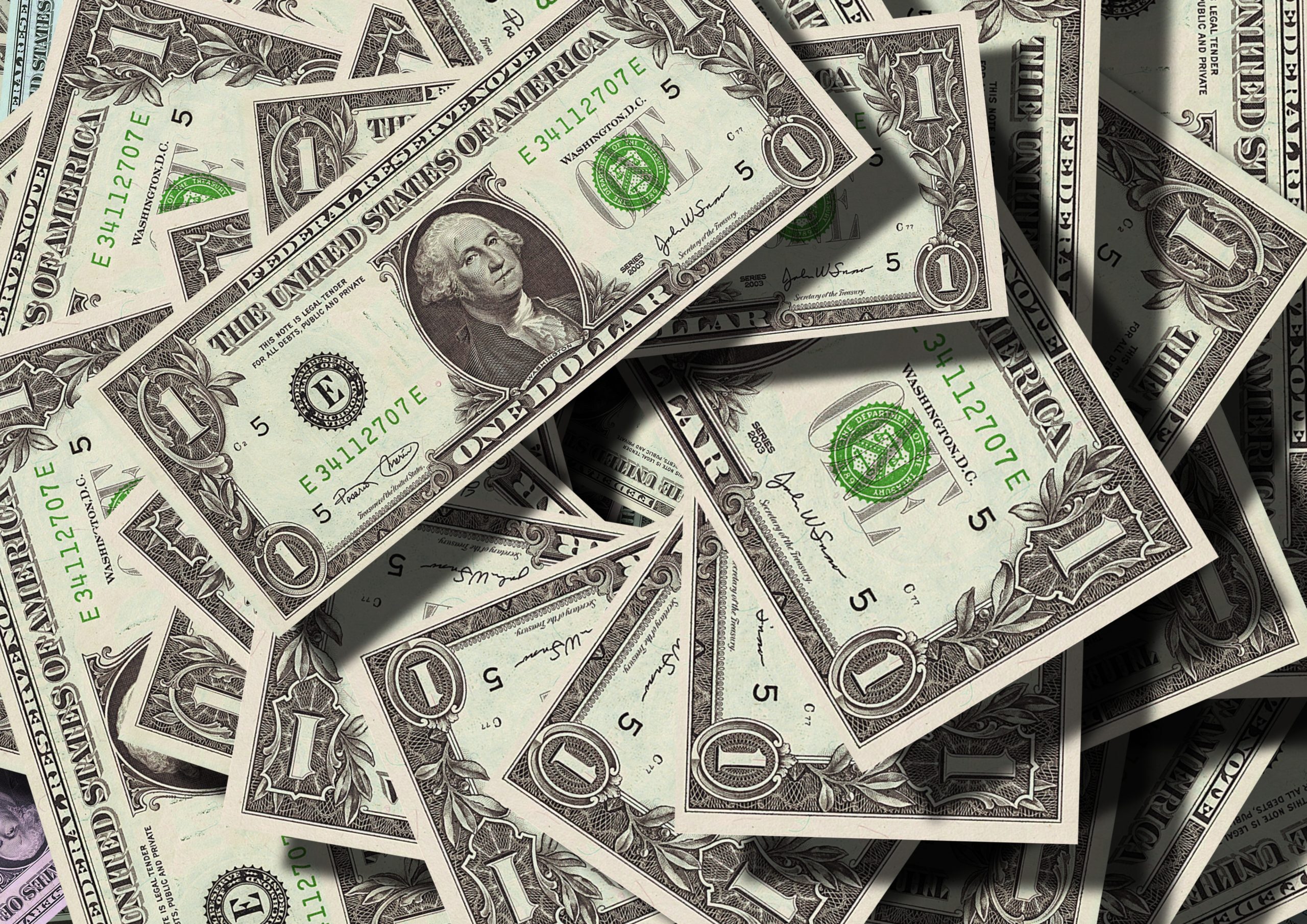This article was originally published on FSR Magazine.
According to the EPA, water used in restaurants/foodservice account for about 15 percent of the total water used in all commercial and institutional facilities in the U.S. Here is a breakdown of the usage by area:
- 52 percent: Kitchen/dishwashing
- 31 percent: Domestic/Restroom
- 12 percent: Other
- 4 percent: Landscaping
- 4 percent: Other
And, according to Powerhouse Dynamics, “a typical sit-down restaurant uses an average of about 5,800 gallons of water per day. Quick-serve restaurants use about a third the total on average, although the usage per seat tends to be much higher; 5,800 gallons per day translates into over 2 million gallons of water per year.”
Water is often under the radar in terms of costs for restaurants. Food costs and labor costs usually get all the attention. However, there are many simple steps that can be taken to minimize water use, therefore reducing cost, and creating a sustainable culture for the organization. Here are a few suggestions to help lower that water bill.
1. Do not run water to thaw out frozen food
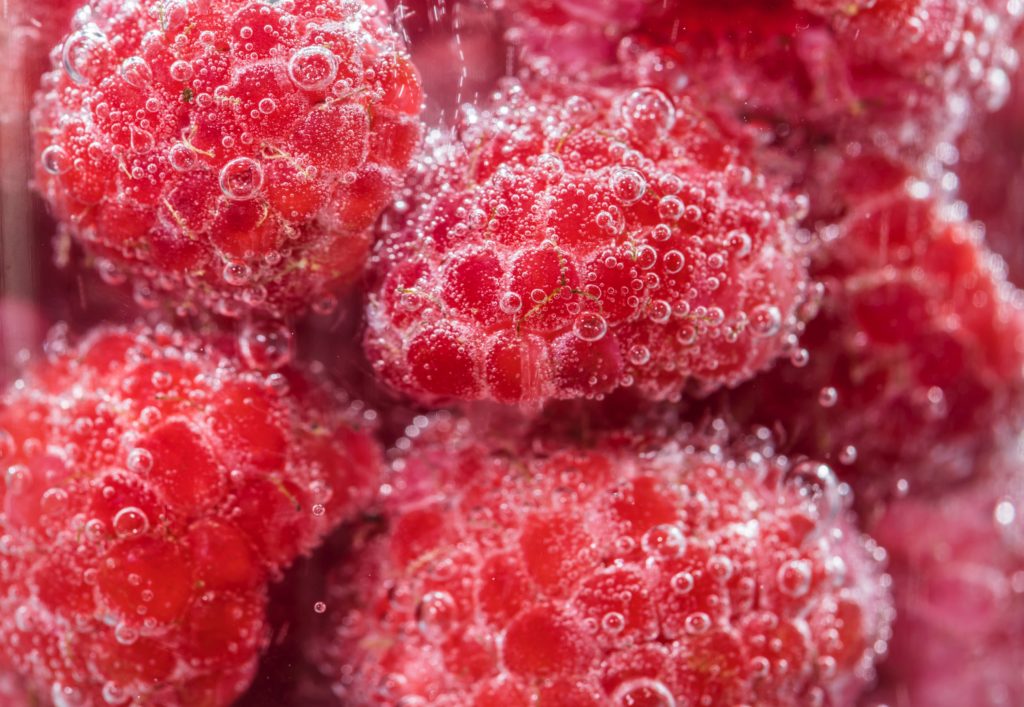
Frozen food should be pulled out at the appropriate time to give it time to thaw in the cooler. Running frozen food underwater leads to the wasting of water, and food quality is being jeopardized using this method. By using a thaw rack, you will correctly thaw food without wasting any water.
2. Older pan/pot-sprayers waste water (5–7 gallons per minute) and use more energy due to the heat necessary to provide hot water
Most equipment suppliers stock a “low-flow” pre-rinse spray valve, which reduce both energy and water consumption. These low-flow valves can cost as little as $10 and reduce water usage by 50 percent. The secret to the low-flow valve’s success is its ability to save in three ways at once. By lowering your water consumption, the sprayer simultaneously slashes your water, wastewater-disposal and energy bills.
3. Use ENERGY STAR equipment in the kitchen and WaterSense toilets, faucets, and urinals in the bathrooms.

Most models will reduce water and energy use by 10–20 percent. Automatic faucets that turn off/on can be a huge savings versus faucets that allow the water to run constantly. Ideal for handwashing in kitchens and restrooms, sensor devices also provide a cleaner hands-free environment.
4. If you have a dishwasher, wash full racks only
Instruct your dish team “Full” racks of dishes only, each cycle the dish machine runs uses water, energy and chemicals. During slow times, allow the dishes to neatly stack up. Also consider composting. Scraping food into a waste bucket will save water versus spraying food particles off plates. A compost program has the added benefit of giving additional “Green” credentials to the business.
5. Wash all fruits & vegetables at the same time to be effcient and limit water use

6. Inspect and repair bathroom sinks/faucets and running toilets
Turn off all water faucets when not in use and fix all leaks. Running a water faucet for five minutes uses nearly as much energy as running a 60-watt light bulb for 14 hours. According to the FSTC design guide, a small leak of 0.2 gallons per minute can waste 100,000 gallons and $1,840 a year in water, sewer and gas costs.
7. Fill buckets and sinks to appropriate levels
Use the 3-sink washing method. Don’t wash dishes with water running. As an added note, use cold water for the sanitizer and not hot water. Hot water minimizes the effectiveness of the sanitizer. The approximate annual savings is $3,200 in energy and $1,300 in water.
8. Use a thermometer to make sure your water heater isn’t working any harder than it must
Hot water should be around 140 degrees at the faucet. The approximate savings by managing the water temperature is $100 per year.
9. Consider only serving water upon request

California has already made it illegal for restaurants to serve you water—unless you ask. This is also an opportunity to upsell and suggest a bottled water.
10. Show your staff the monthly water bill, and the number of gallons and money spent for the prior month
Discuss the above topics and seek their feedback on how they feel water can be saved. Write down suggestions on a board and keep posted for all to see. Reward those that follow proper water conservation. It is good for the business and for our environment.
While some of these recommendations are related to more efficient equipment, most of them are simple behavioral changes. Educating your team to implement and follow these water saving tips can lead to great savings.

